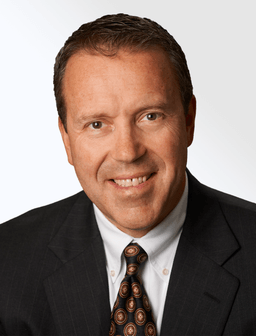
Building a Better 401(k): Plan Design Strategies for Construction Companies
For many construction companies, offering a 401(k) plan is about checking the box. You want to stay competitive, attract talent, and provide a basic benefit—but participation is often low, administrative headaches are high, and costs can pile up. If this sounds familiar, you’re not alone.
The construction industry’s cyclical nature and high employee turnover make traditional 401(k) plan design a poor fit. But with thoughtful planning, you can create a retirement benefit that aligns with your workforce reality while still providing meaningful value to your leadership team and long-term employees.
Start with Strategic Eligibility Requirements
In high-turnover industries like construction, one of the biggest mistakes companies make is allowing new employees to enter the plan too early. When short-term workers become eligible, they often leave with small account balances—adding cost and complexity for the plan sponsor.
One smart move is to structure eligibility requirements that naturally screen for longer-term employees. For example, if most new hires who stay beyond three months end up sticking around, consider setting your plan’s service requirement at six months or even one year. This reduces administrative burden and helps ensure that the people participating are those who are likely to stay.
Control Costs While Maintaining Value
Balancing affordability with benefit value is key. A well-designed 401(k) doesn’t have to be expensive, even with employer contributions. Features like vesting schedules can help you retain talent while protecting your investment in cases of early departures. Profit-sharing contributions can also be designed to give flexibility in years when cash flow is tight.
Avoiding small, dormant accounts from former employees also reduces administrative and fiduciary risks—another reason why thoughtful eligibility and vesting rules matter.
Solve the HCE Testing Problem
Highly compensated employees (HCEs), including owners and executives, often face frustration when annual testing results in refunds of their contributions. This typically happens when rank-and-file participation is low—a common issue in the construction world.
The solution? Consider adding safe harbor provisions to your plan. These eliminate most nondiscrimination testing requirements and ensure your HCEs can contribute up to the maximum without fear of refund. While safe harbor contributions come with a required employer match or nonelective contribution, the benefits—predictability, higher contribution limits, and reduced compliance headaches—are well worth the investment.
Boost Participation with Automatic Enrollment
Even in industries with high turnover, automatic enrollment can make a major impact. Plans that implement auto-enrollment consistently see participation rates north of 90%. That’s a game-changer for companies struggling to meet participation thresholds—and for employees who benefit from starting to save earlier.
You can also pair automatic enrollment with features like auto-escalation (gradually increasing deferral percentages over time) to further enhance retirement readiness across your workforce.
Design with Intention and the Right Partner
Ultimately, your retirement plan should reflect the unique rhythms of your business. Construction companies can’t afford a one-size-fits-all approach—and with expert guidance, you don’t have to settle for one.
Partnering with a Qualified Plan Administration Consultant (QPAC) who understands the construction industry’s workforce dynamics, seasonal cycles, and cost pressures can make all the difference. At CSH, our QPAC experts bring deep industry-specific insight to help you design a 401(k) plan that aligns with your business goals, controls costs, and delivers real value to your employees and leadership team.
Don’t just check the box—build a plan that works as hard as you do.



